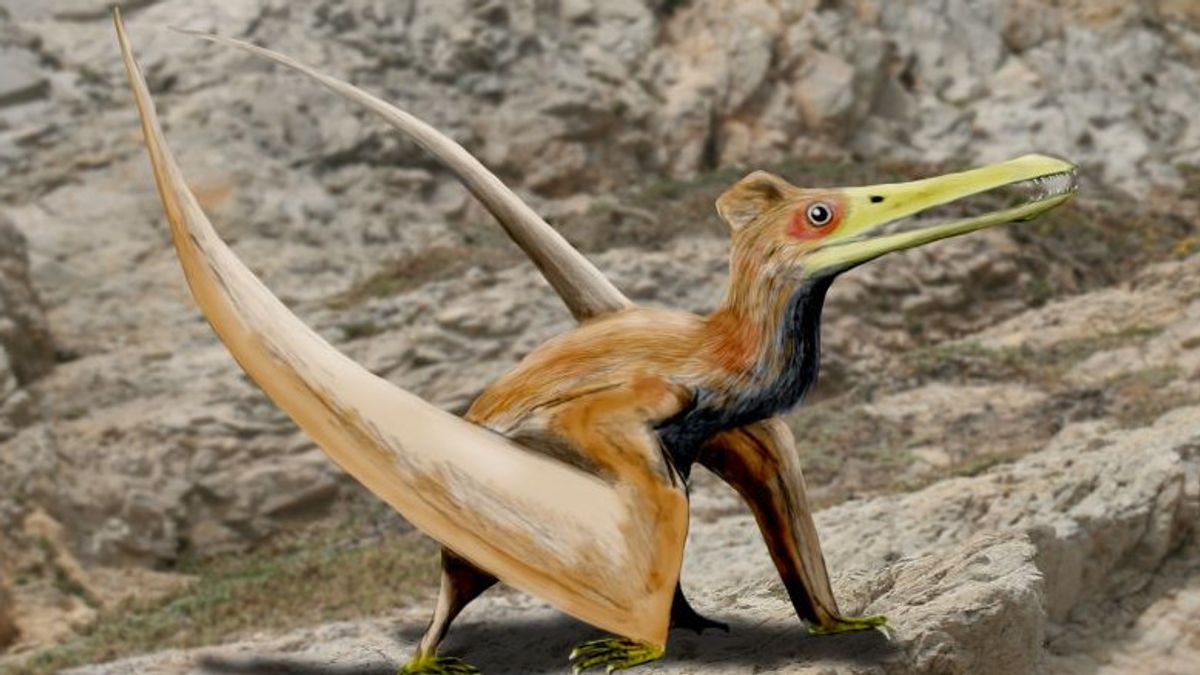JAKARTA - One of the long-standing mysteries of paleontology is the evolutionary origins of ancient flying reptiles, pterosaurs, dinosaurs that had the ability to fly when other dinosaurs were on land.
Researchers led by Martin Ezcurra from the Argentine Museum of Natural Sciences reveal that a Triassic Period reptile group called Lagerpetidis, identified from partial skeletal findings in the United States, Argentina, Brazil and Madagascar, is thought to have been the precursor to the evolution of pterosaurs.
Lagerpetids, first appeared about 237 million years ago. Generally small and possibly bipedal insectivorous. They can't fly. Pterosaurs became the first flying vertebrates on earth, followed by new birds of bats.
"The origin of pterosaurs has been one of the most puzzling Paleontological problems since the first discovery of pterosaurs in the late 18th century," said lead author of the study, published in the journal Nature.
The oldest known pterosaurs appeared in the fossil record some 220 million years ago, with a fully developed anatomy for flight, including wings formed by membranes extending from the ankles to the highly elongated fourth finger.
Studying previously unearthed and recently excavated fossils using advanced scanning technology and three-dimensional modeling, the researchers identified at least 33 skeletal features that suggest an evolutionary relationship between Lagerpetida and Pterosaurs. This includes the shape of the inner ear, braincase and teeth, as well as the similarities in the bones of the hands, feet, ankles and pelvis.
"We show that Lagerpetida is the closest relative of pterosaurs and bridge the anatomical gap between pterosaurs and other reptiles," added Ezcurra.
The researchers also estimate that Lagerpetids also appear to be closely related to dinosaurs. The oldest known dinosaurs date back to about 233 million years.
The pterosaurs disappeared 66 million years ago in an asteroid impact that also destroyed the dinosaurs. Despite being relatively small at first, the pterosaurs eventually reached enormous sizes, with a wingspan of up to 35 feet (10.7 meters).
"We have been studying how birds change their bodies for flight over the last 50 years. Much of this is driven by extraordinary ancient dinosaur and bird fossils," said Virginia Tech paleontologist Sterling Nesbitt.
The English, Chinese, Japanese, Arabic, and French versions are automatically generated by the AI. So there may still be inaccuracies in translating, please always see Indonesian as our main language. (system supported by DigitalSiber.id)













